Biology Equipment Worksheet
Are you a biology teacher in search of a helpful tool to enhance your students' understanding of equipment used in the laboratory? Look no further! We have created a comprehensive Biology Equipment Worksheet that will engage your students and improve their knowledge on the subject. With this worksheet, your students will develop a solid understanding of the different types of laboratory equipment, their uses, and the safety precautions associated with them.
Table of Images 👆
What is the purpose of a microscope?
The purpose of a microscope is to magnify and provide a detailed view of objects or specimens that are too small to be seen by the naked eye. This enables scientists, researchers, and students to study and analyze the structure, composition, and behavior of tiny particles, cells, organisms, or materials for various scientific, medical, or educational purposes.
How does a centrifuge separate substances?
A centrifuge separates substances based on their density differences by spinning them at high speeds. When a sample is placed in a centrifuge tube and spun, the heavier components move outwards towards the bottom of the tube due to centrifugal force, while lighter components collect near the top. This causes the substances to separate into distinct layers, allowing for easy extraction and analysis of the different components.
What is the function of a petri dish?
A petri dish is used for culturing cells, bacteria, or other microorganisms in a controlled laboratory setting. It provides a sterile environment for these organisms to grow and allows researchers to observe their growth and behavior under specific conditions.
What is the purpose of a Bunsen burner?
The purpose of a Bunsen burner is to provide a controlled and efficient heat source for laboratory experiments and processes. It produces a hot, clean flame by mixing gas with air in the burner tube, allowing for precise temperature regulation and uniform heating of substances. This makes it a versatile tool for tasks such as sterilization, evaporation, and combustion in scientific settings.
How does a pipette work?
A pipette works by creating a vacuum in its bulb when the plunger is pressed and released. This vacuum allows liquid to be drawn up into the pipette tip. By controlling the release of the plunger, the liquid can then be dispensed accurately in small or precise volumes.
What is the function of a pH meter?
A pH meter is used to measure the acidity or alkalinity of a liquid by detecting the concentration of hydrogen ions in the solution. It provides a numerical value known as the pH level, which ranges from 0 to 14, with 7 being considered neutral, below 7 acidic, and above 7 alkaline. This device is commonly used in various industries such as food and beverage, pharmaceuticals, agriculture, and environmental monitoring to ensure the quality and safety of products, as well as in scientific research and education to understand chemical properties of substances.
What does a spectrophotometer measure?
A spectrophotometer measures the amount of light absorbed or transmitted by a substance across different wavelengths of the electromagnetic spectrum. This data is used to analyze the concentration of solutes in a solution, identify substances based on their spectral fingerprints, and assess the purity of a sample.
How does an incubator maintain a controlled environment?
An incubator maintains a controlled environment by regulating factors such as temperature, humidity, and airflow. It typically has sensors to monitor these variables and heating elements, fans, and water reservoirs to adjust and maintain them within the desired range. By monitoring and adjusting these factors, an incubator ensures optimal conditions for growth, development, or preservation of biological samples or organisms.
What is the purpose of a gel electrophoresis apparatus?
A gel electrophoresis apparatus is used to separate and visualize DNA, RNA, or protein molecules based on their size and charge. By applying an electric current to the gel matrix, molecules migrate through the gel at different rates, allowing for their separation according to their molecular weight. This technique is commonly used in molecular biology for purposes such as DNA sequencing, genetic mapping, and analysis of gene expression levels.
How does a microplate reader detect the presence of specific molecules?
A microplate reader detects the presence of specific molecules by measuring the absorption or fluorescence of light from samples within microplate wells. Each molecule of interest typically interacts with specific reagents (such as enzymes, dyes, or antibodies) within the wells to produce a detectable signal. The reader then quantifies the amount of signal produced, enabling researchers to determine the concentration or presence of the target molecules in the samples.
Have something to share?
Who is Worksheeto?
At Worksheeto, we are committed to delivering an extensive and varied portfolio of superior quality worksheets, designed to address the educational demands of students, educators, and parents.

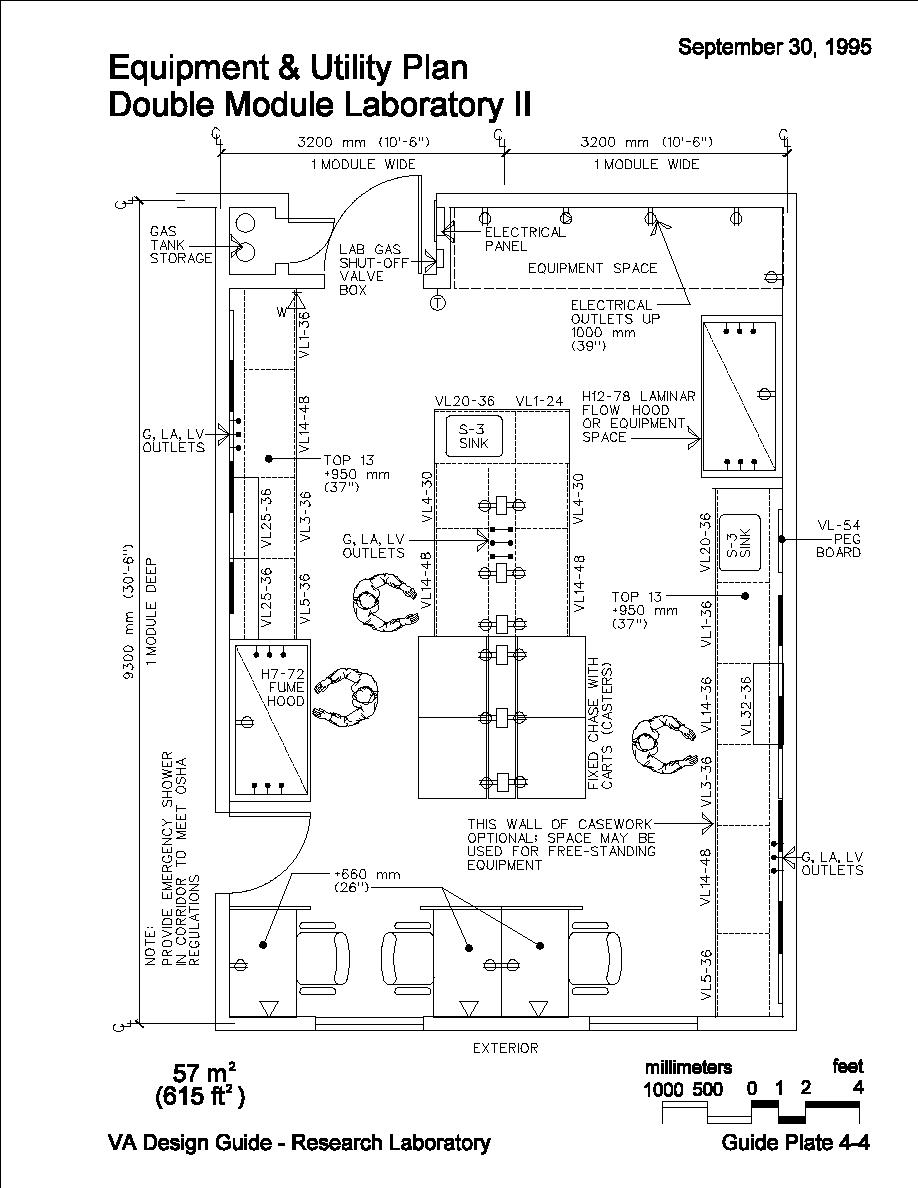



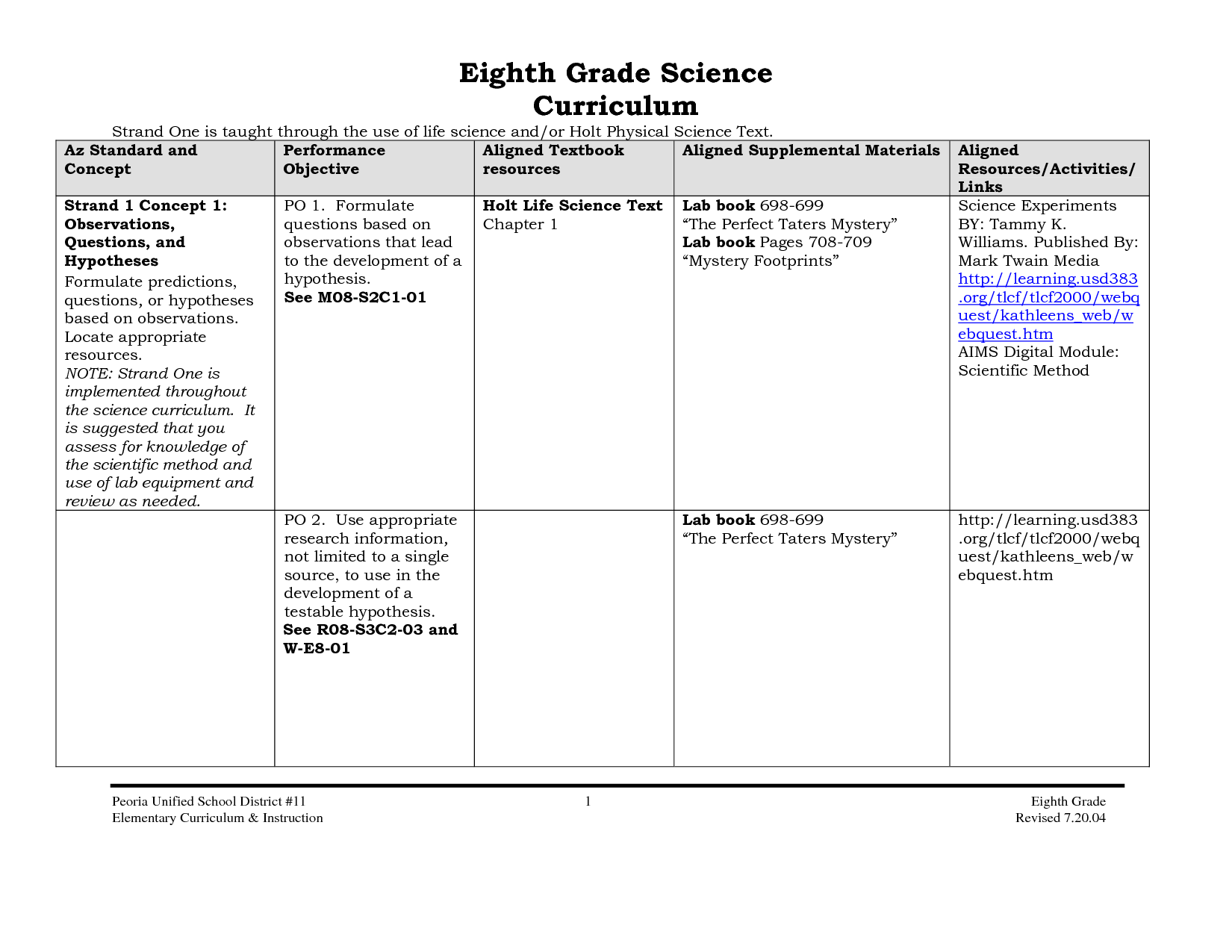
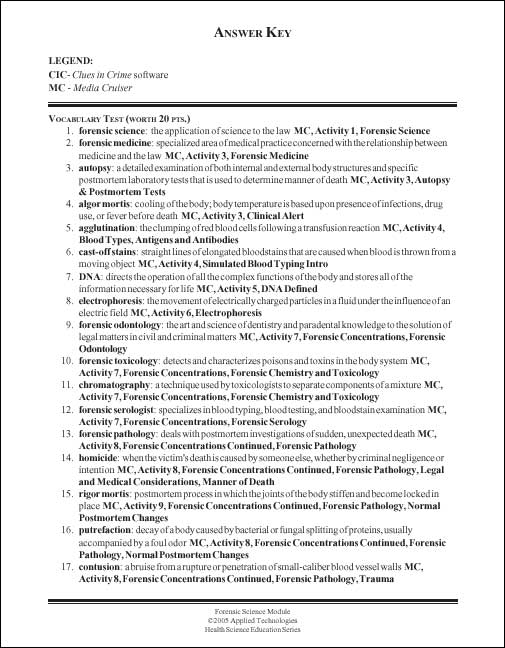

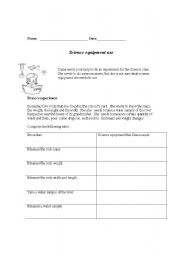
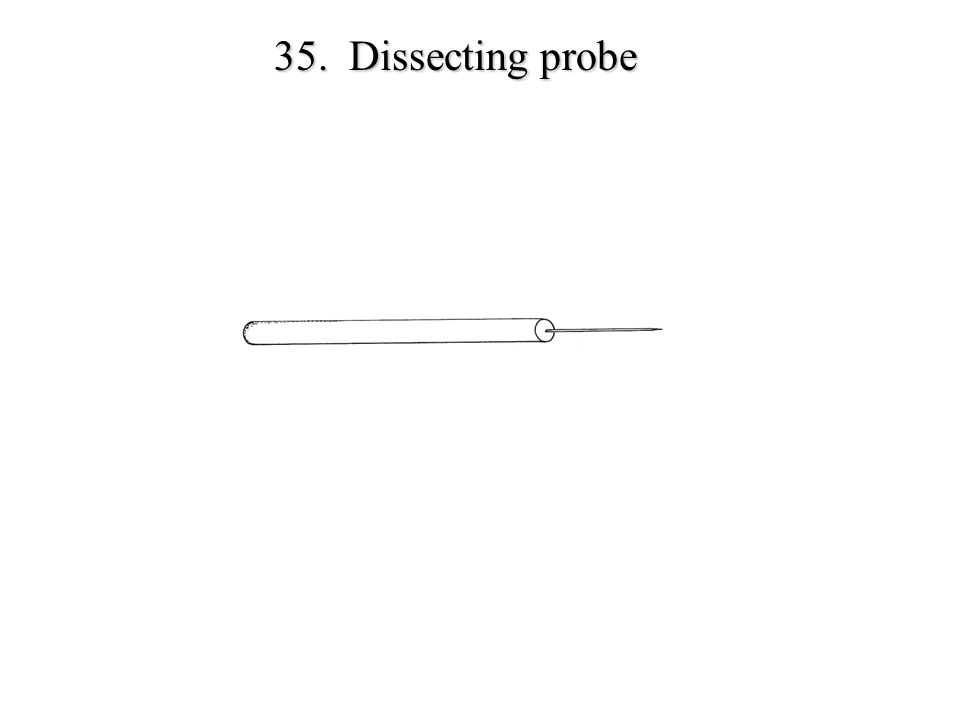
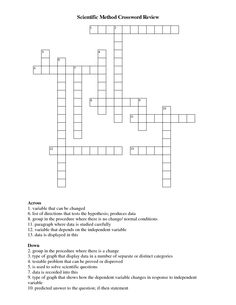

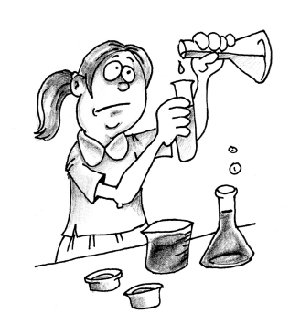
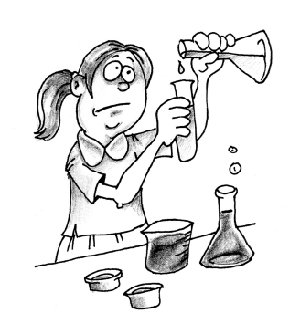
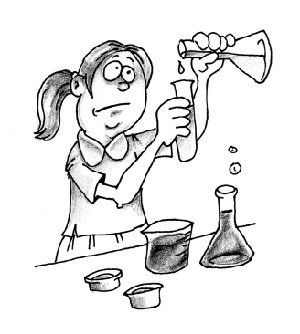
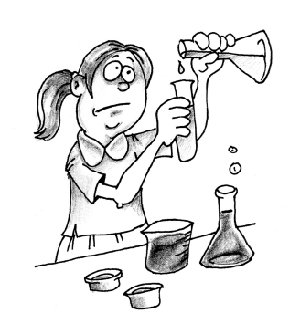
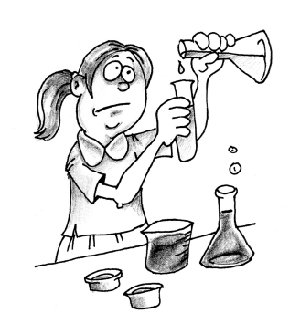
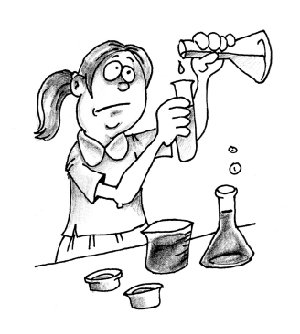
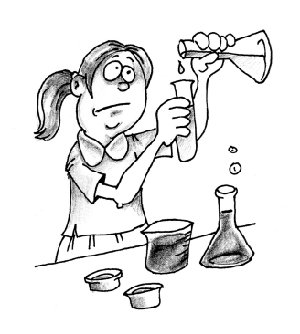
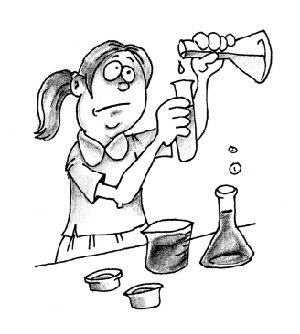










Comments